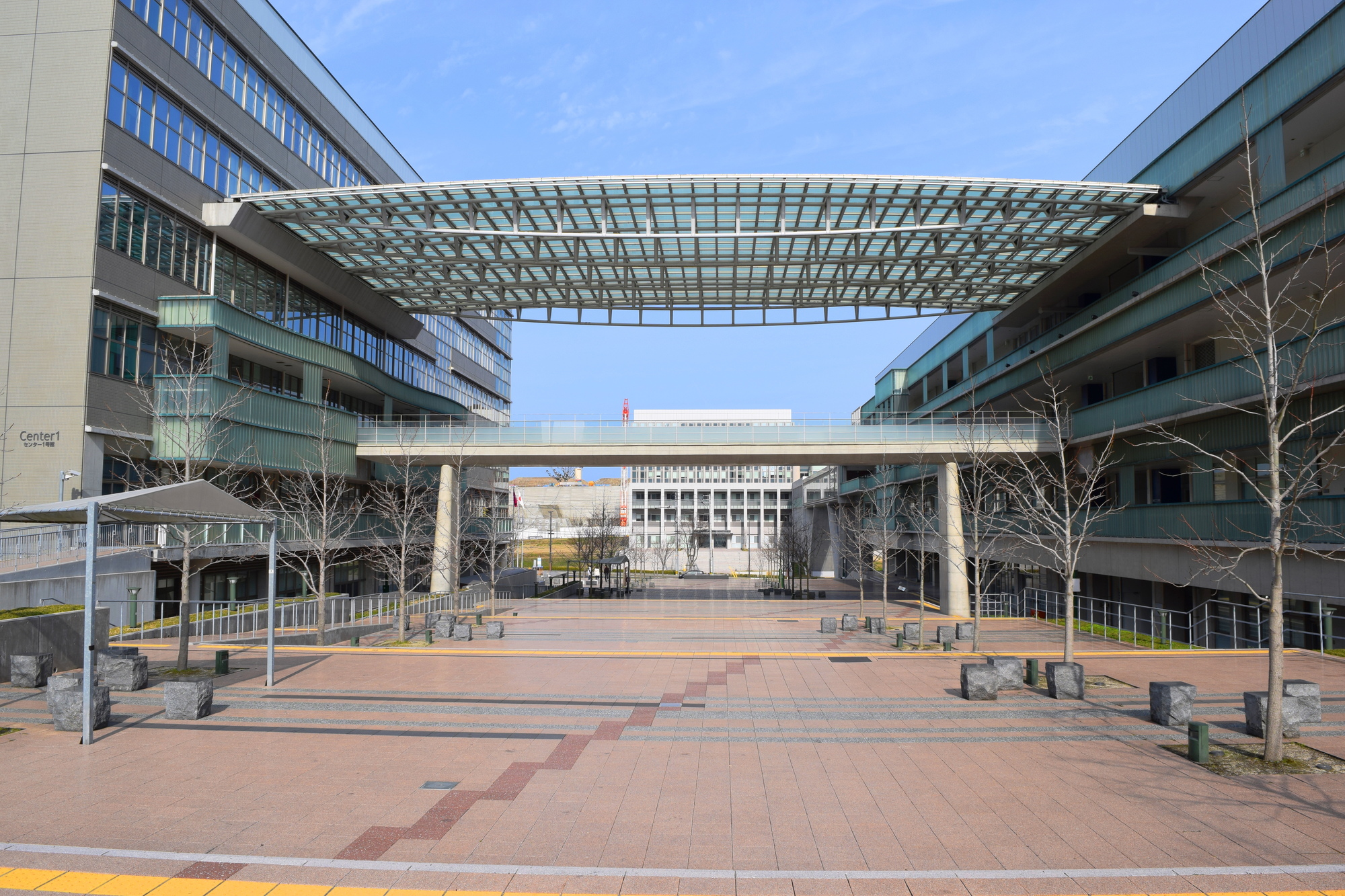Various vibrations other than seismic motion are recorded on the seismograph.Using this, the National Institute of Advanced Industrial Science and Technology and the group of Kyushu University succeeded in visualizing the reduction of economic and leisure activities due to the spread of the new coronavirus infection.
The artificial vibrations recorded by seismographs include various vibrations such as traffic vibrations of trains and cars, and vibrations generated from factories and machines.These vibrations are treated as noise when observing earthquakes, but in recent years, research has begun to utilize vibrations derived from human activities.
When the new coronavirus occurred, it was reported that vibration levels decreased in various countries around the world due to strict behavioral restrictions.In this study, taking advantage of this extremely rare situation, we investigated the fluctuations after the outbreak of the new coronavirus from the data of 101 seismographs installed in the metropolitan area.After removing the effects of day of the week and seasonal fluctuations calculated using data before the outbreak of the new coronavirus, analysis of changes in vibration associated with human activity revealed a decline in social activity due to the spread of the new coronavirus infection. do.
For example, the Power Spectral Density (PSD), which represents the strength of vibration, was the smallest at the time of the first state of emergency.After the state of emergency was lifted, PSD on weekdays began to recover, but PSD on Sunday remained low for some time.This is thought to be because many people continued to refrain from leisure activities while economic activities on weekdays resumed.
Also, around October, when the Go To Travel Campaign started, PSD recovered to the level of the average year on both weekdays and Sundays, but with the arrival of the third wave, PSD on Sundays decreased again.In this way, it was clarified that the vibration generated by human activity was reduced in the corona.
This result suggests that seismograph data is useful as a new index for monitoring human activity.In the future, it is expected that the range of applications of seismograph data will be expanded, such as crime prevention systems and traffic surveys.
Paper information:[Scientific Reports] Temporal changes in anthropogenic seismic noise levels associated with economic and leisure activities during the COVID-19 pandemic

